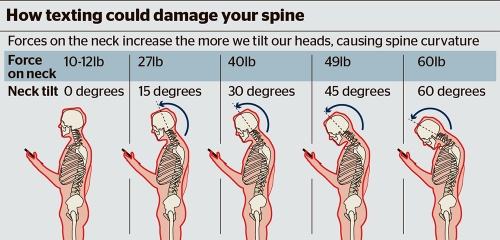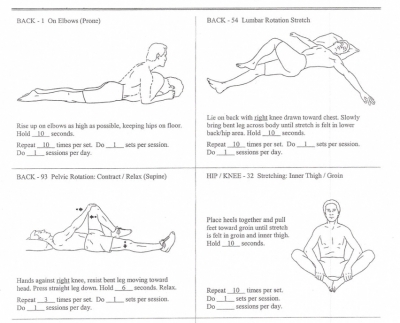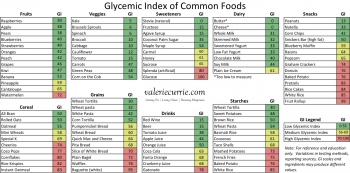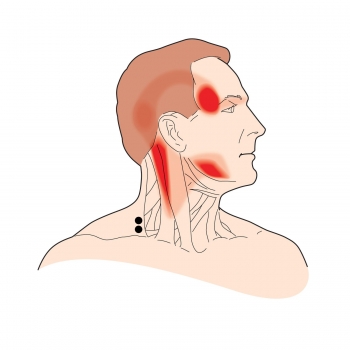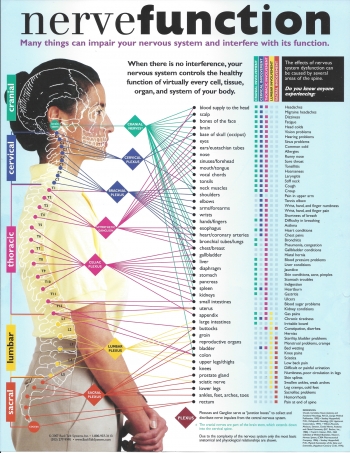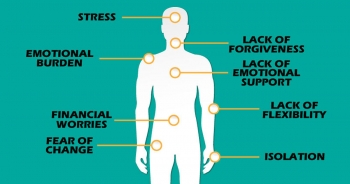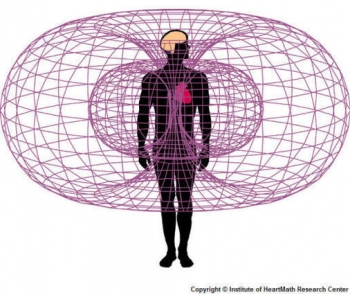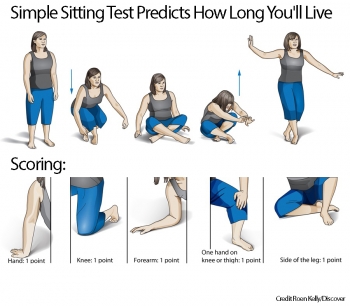Rehabilitative Exercise decreases muscle tension, increases muscle elasticity, increases circulation, and helps restore functional ability.
Good Stretching "techniques include:
- Stretching the muscle to where it is lengthened to a point just short of pain or where resistance to movement is felt.
- Maintain, good posture so no strain is felt anywhere else in the body.
- Try to relax into the stretch by breathing deeply.
- Keep stretches slow, smooth, and static. (avoid bouncing).
- Make sure to hold each stretch in a comfortable position for 10-15 seconds for maximum results, unless stated otherwise. The stretch tension should subside as you hold it.
Other things to be aware of:
- We are different every day. Some days we are more tight or loose than other days.
- You have control over what you feel by what you do.
- Regularity and relaxation are the most important factors in stretching. If you start stretching regularly, you will naturally become more active and fit.
- Proper stretching means stretching within your own limits, relaxed and without comparisons.
- Stretching keeps your body ready for movement.
- Stretch whenever you feel like it. It will always make you feel good.
Note:
The information contained in these topics is not intended nor implied to be a substitute for professional medical advice, it is provided for educational purposes only. You assume full responsibility for how you choose to use this information. Always seek the advice of your physician or other qualified healthcare provider before starting any new treatment or discontinuing an existing treatment. Talk with your healthcare provider about any questions you may have regarding a medical condition. Nothing contained in these topics is intended to be used for medical diagnosis or treatment.

